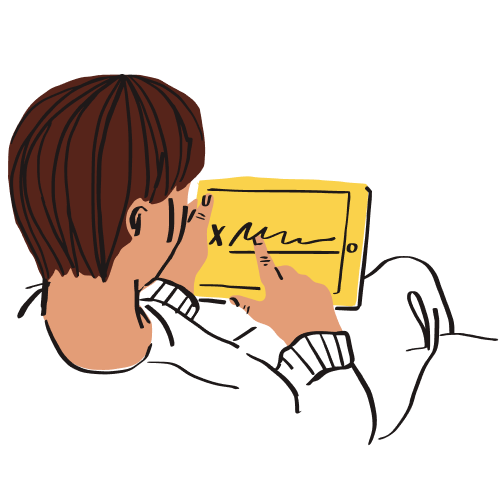A power of attorney is a legal document, also known as a “POA”. It grants authority to an individual (the agent or attorney-in-fact) to make decisions and act on behalf of another person (the principal).
It also ensures someone trusted can manage important affairs when the principal is not able to.








